Changing the aesthetics of your living space can be challenging, especially when you are trying to go for a distinctive look.
One of the most significant aspects that contribute towards setting the vibe of your rooms is art. Hanging art usually requires nails or screws, which may not always be ideal, especially if you are renting your living space or just trying to avoid damage to your walls.
Have no fear, as there are plenty of creative ways to hang art without nails while still ensuring a secure fit. So, what's the non-destructive solution to showcasing your favorite artistic pieces on your walls?
Here's where we will provide advice and strategies that particularly cater to those seeking less invasive methods to modify their spaces.
By using innovative hanging techniques combined with readily available products designed for this purpose, you will not only maintain the integrity of your walls but also achieve a display setup that is both appealing and flexible.
Let's get into some nail-free hanging solutions that will revolutionize how you feature artwork in your home.
Contents
Avoid hanging pictures in direct sunlight, as the harsh UV rays can cause significant damage over time.
UV rays can cause the colors in the artwork to fade and can also result in discoloration or yellowing of the materials, especially for artworks under glass.
The heat from direct sunlight can cause pictures to warp and crack as it causes expansion and contraction of the frames.
Extreme temperature fluctuations caused by direct sunlight can lead to deterioration of picture quality. Consider hanging your pictures away from windows or other sources of direct sunlight for their optimal preservation.
When hanging art, it's crucial to maintain visual balance and follow the general guidelines known as the Eye Level Rule.
The center of the artwork should typically be hung at about 62 inches, or 157 cm, from the floor to the center of the art - this is often the average human eye level.
It's also important to consider the scale and context of a room. For example, if the furniture is lower-set or if a ceiling is particularly high, adjustments may be warranted so that artwork does not feel "floated."
If you are hanging art above furniture like a sofa or table, leave around a five to nine-inch gap between furniture and art for better visual balance.
These are guidelines and not rules; what matters most is that your arrangement feels visually balanced to you.
Also Read: Bed Skirt Height And Buying Guide 2025 [Determine Bed Size]
Think nails are the only way to hang your precious artwork? There's a multitude of innovative, nail-free methods to hang your favorite art pieces securely.
These lesser-known alternatives give you the freedom to change layouts, cause zero damage to your walls easily, and, most importantly, they're incredibly simple to install. Let’s delve into some of your best options.
When it comes to hanging art without nails, adhesive strips, and hooks are often a go-to choice.
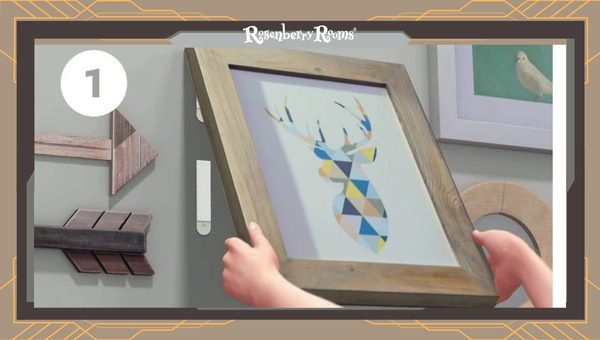
It's affordable, easy to use, and a versatile option that requires minimal effort and causes no wall damage.
They come with an adhesive backing that securely sticks onto the wall while supporting considerable weight.
Clean the intended surface with alcohol or water before applying the strip or hook. This ensures maximum hold.
Remember, not all art is suitable for adhesive strips and hooks due to differences in weight and size.
Command strips have gained popularity as an effortless solution that eliminates any risk of leaving residue or causing damage to your surfaces.
These nifty products utilize release technology that enables them to act as strong adhesives for light-to-medium framed art pieces.
Available in a wide range of sizes, you'll find one perfect for your specific needs - choose stronger versions for heavier pieces or opt for smaller sizes if you're dealing with light frames or laminates.
If you are seeking something truly out-of-the-box, magnetic paint might just be what you’re looking for.
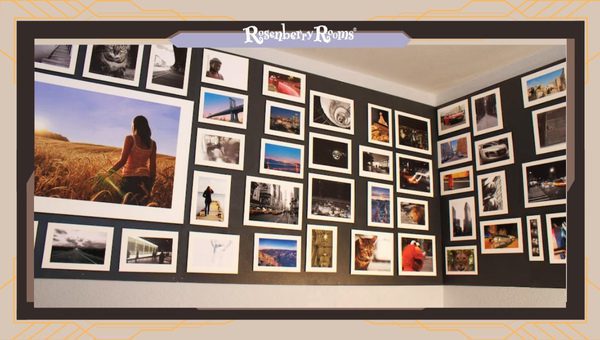
This ingenious product couples with regular wall paint while also creating a surface capable of holding lightweight magnetic items like posters or unframed canvas art.
Paint over the desired portion of your wall (multiple layers recommended), then let it dry. You've created an art-ready space where you can rearrange anytime by merely moving magnets around.
Paying homage to architectural history, picture rails are regaining their popularity. Often found in older homes, these useful designs sit high on a wall and allow art pieces to be suspended from them using hooks and wire or string.
Minimum wall damage is a given, plus the added benefit of easy repositioning makes them an excellent choice for art enthusiasts who are fond of reinventing their displays.
Note: Installation may be slightly more complex than other options but is worth considering.
This last method combines simplicity with flexible adhesive putty. Also known as 'poster putty' or 'sticky tack,' it has been used traditionally for posters but can work just as well for lightweight artwork.
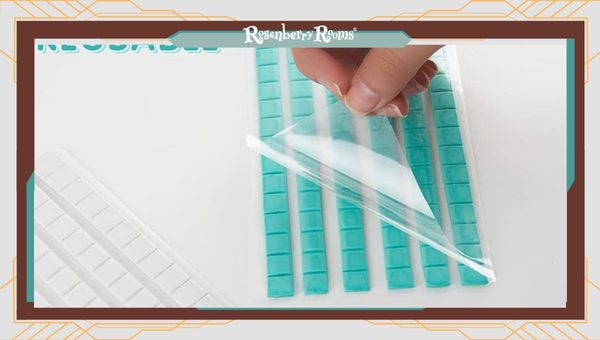
You'll only need small amounts placed at each corner of your art piece. No residue is left behind, and you can reuse the putty when you fancy changing up your display scenery.
Explore More: 25 Best Laundry Room Essentials [Keep Your Space Tidy In 2025]
Have you ever thought you could use Velcro to hang up your art? If your artwork isn't that heavy, you can indeed.
Velcro tape, much like command strips, can stick to walls and art pieces effectively without wreaking havoc on your surfaces.
On one side, it adheres to the art while the other sticks to the wall. What's more, you can easily adjust and reposition without a fuss; pull off and re-stick whenever you like!
Tension rods are an especially good option if your walls resonate with that vintage vibe. Essentially, tension rods work by pushing against two walls.
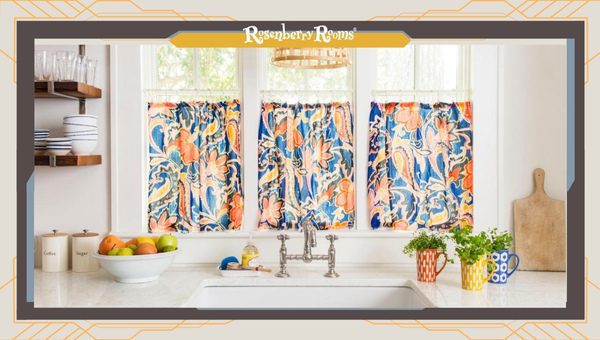
No nails or screws are required. From there, hang your art from the rod using string or wire. A sweet bonus point: it's super easy to swap out artwork as often as you like.
Keep in mind this method is generally more suited for framed pieces than canvas.
Suppose drilling or sticking anything onto your walls sounds too risky. There's always an easel or art stand to swoop in for the rescue.
While not strictly hanging, these freestanding alternatives provide a stylish and flexible way of showcasing your favorite pieces of blissful creativity.
The point here is that having your artwork on an easel may potentially make it the star attraction of any given room.
When we think about shelves, books usually come to mind first. Shelves can be a phenomenal way of featuring our adored artworks.
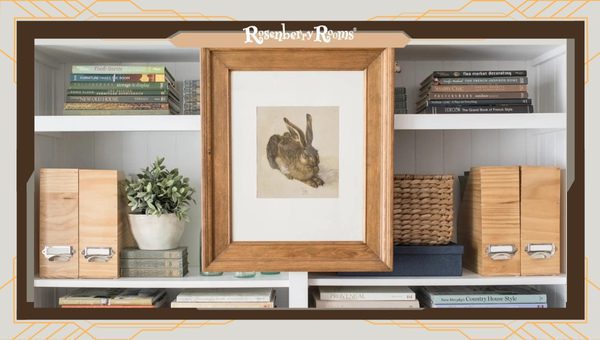
This multi-tasker offers both practical storage solutions and provides unique display options for frames or small sculptures alike.
Also Read: 40 Best Shelving Ideas 2025 [Effective And Decorative Storage]
This vibrant adhesive is as fun as it sounds and works just like regular tape but leaves no residue behind when removed, perfect for light frames or posters.
What sets washi tape apart is its vast array of colors and patterns - a boon for your DIY art projects. In fact, with this artsy tape, even the hanging method can become a part of your art display.
It works best for lightweight items, so do keep sizing and weight in mind while opting for this method.
Using adhesives involves minimal risk if used correctly. Ensure that you choose appropriate products based on your artwork's size and weight to avoid any potential damage.
Most adhesives offer long-lasting hold, but it's advised to inspect them periodically, particularly for larger pieces, and replace them as necessary.
Yes, Both options allow for easy rearrangement of artworks by just moving them around on the wall or rail.
Tension rods can be quite secure but are generally better suited for lighter framed artworks rather than heavy ones.
Washi tape is more suitable for lightweight items like posters or unframed photos due to its gentle adhesive properties.
Keeping the integrity of your walls doesn't mean doing away with the beauty of displaying art at home.
With a little creativity and the right tools, you can now add character to your space without committing to invasive installations.
From easy adhesive solutions to incredibly versatile non-adhesive methods, hanging art without leaving a mark has become simpler than ever.
These strategies cater to diverse artwork types and preferences, so choose what aligns best with your needs.
Embrace these nail-free methods and redefine the way you decorate and personalize your cozy abode.